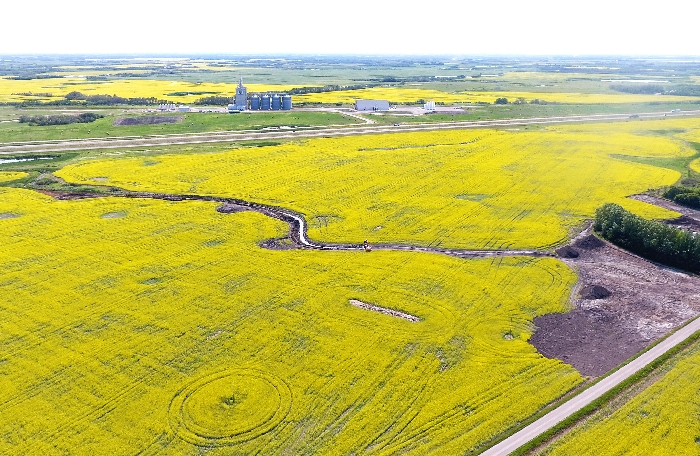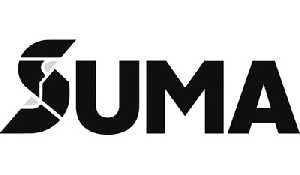Harvest getting under way in Saskatchewan
August 4, 2017, 4:32 am


Harvest is underway for some producers in the south, according to Saskatchewan Agriculture’s Weekly Crop Report. Less than one per cent of the provincial crop has been combined, while slightly more than one per cent is ready to straight-cut.
Forty-seven per cent of fall rye, six per cent of winter wheat, two per cent of lentils and one per cent of field peas are now in the bin. Many pulse crops in southern and central areas are being desiccated. Reported yields so far range from average to well below average, depending on field and moisture conditions.
Most of the province received little to no rain this past week, although the Glaslyn area reported 38 mm over the weekend. Many areas remain very dry and will need significant rain to fill crops and replenish topsoil moisture. For some producers in the south, crops are rapidly drying down and any rainfall now will come too late to be of benefit.
Topsoil moisture conditions have worsened with the lack of rain and high temperatures. Across the province, topsoil moisture on cropland is rated as one per cent surplus, 29 per cent adequate, 41 per cent short and 29 per cent very short. Hay land and pasture topsoil moisture is rated as one per cent surplus, 23 per cent adequate, 40 per cent short and 36 per cent very short. In most of the south along the U.S. and Alberta borders, 100 per cent of cropland, hay land and pasture is short to very short topsoil moisture.
Crops are ripening quickly in many areas and most range from poor to good condition.
Crop damage this week is mainly attributed to hot temperatures, hail, localized flooding, strong winds and lack of rain. There are many reports of insects such as aphids, diamondback moths and grasshoppers.
Haying is wrapping up for many livestock producers and yields remain significantly lower than normal.
Pasture conditions are currently rated as one per cent excellent, 18 per cent good, 32 per cent fair, 31 per cent poor and 18 per cent very poor.
Producers are getting ready for harvest, scouting for pests and finishing haying operations.
In southeast Saskatchewan, less than one per cent of the crop has been combined and two per cent is swathed or ready to straight-cut. Eleven per cent of the fall rye and five per cent of the winter wheat, lentils and field peas are now in the bin. Most producers are hoping to be in the field within the next couple of weeks. Reported yields so far range from average to well below average, depending on field and moisture conditions throughout the year.
The Glenavon area holds the record for the most precipitation (176 mm) in the region since April 1. Hot temperatures and lack of moisture continue to cause stress to crops, hay land and pasture. Many parts of the region have not received much more than two or three inches of rain since April 1; many crops in these areas are severely heat-stressed and are rapidly drying down.
Topsoil moisture conditions continue to deteriorate with the hot and dry weather. Topsoil moisture on cropland is rated as 18 per cent adequate, 47 per cent short and 35 per cent very short. Hay land and pasture topsoil moisture is rated as seven per cent adequate, 47 per cent short and 46 per cent very short.
Crop District 2A is reporting that 100 per cent of cropland, hay land and pasture is very short topsoil moisture at this time, while CD 3ASE is reporting that 97 per cent of cropland, hay land and pasture is short to very short topsoil moisture. Although significant rain is needed to help crops fill and to replenish topsoil moisture, the rain will be too late for many in the more-southerly areas. Crops there are rapidly ripening and have already been severely affected by heat and drought stress.
Gophers and large wildlife continue to cause issues in some areas. Haying operations are wrapping up and yields are significantly lower than normal; there is a shortage of hay in much of the region. Pasture conditions are rated as nine per cent good, 28 per cent fair, 25 per cent poor and 38 per cent very poor.
Producers are busy preparing for harvest, scouting for pests and finishing haying operations.



































